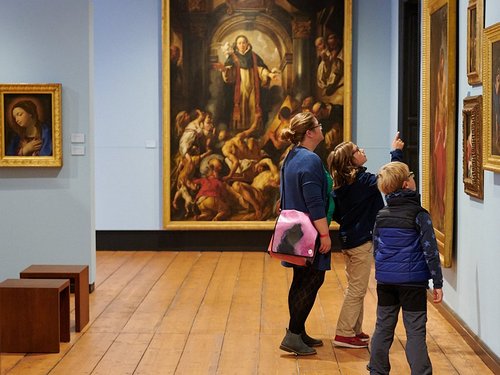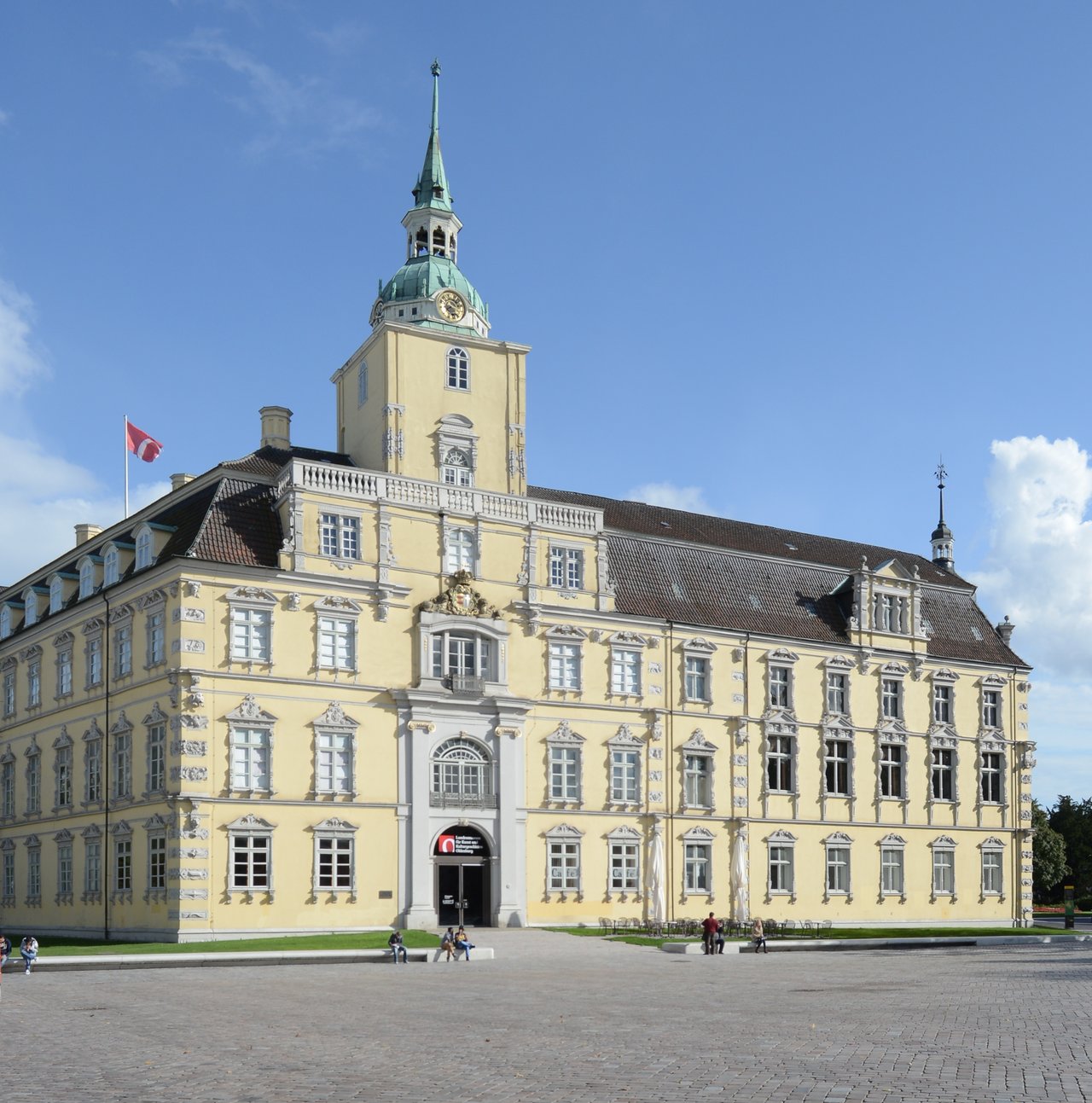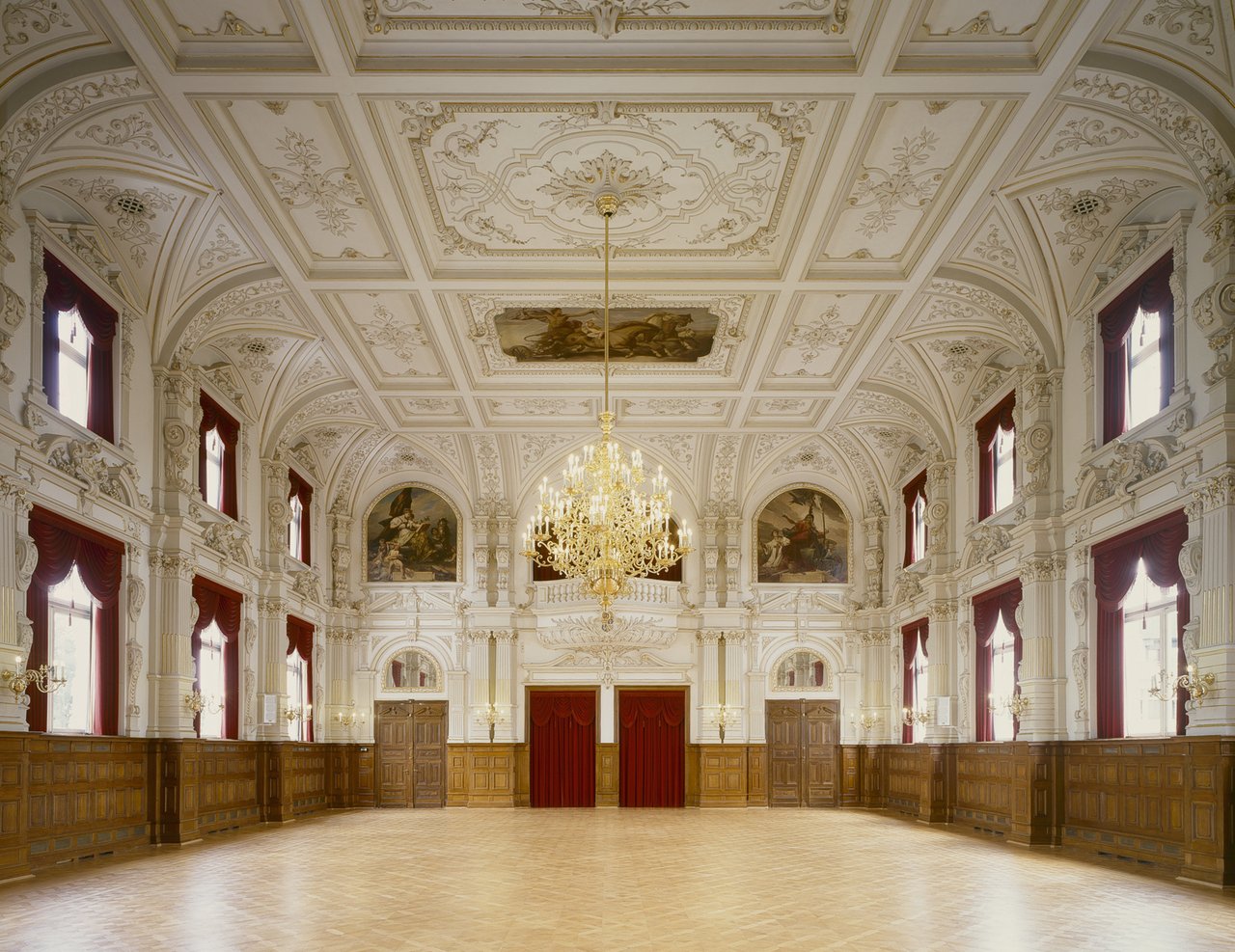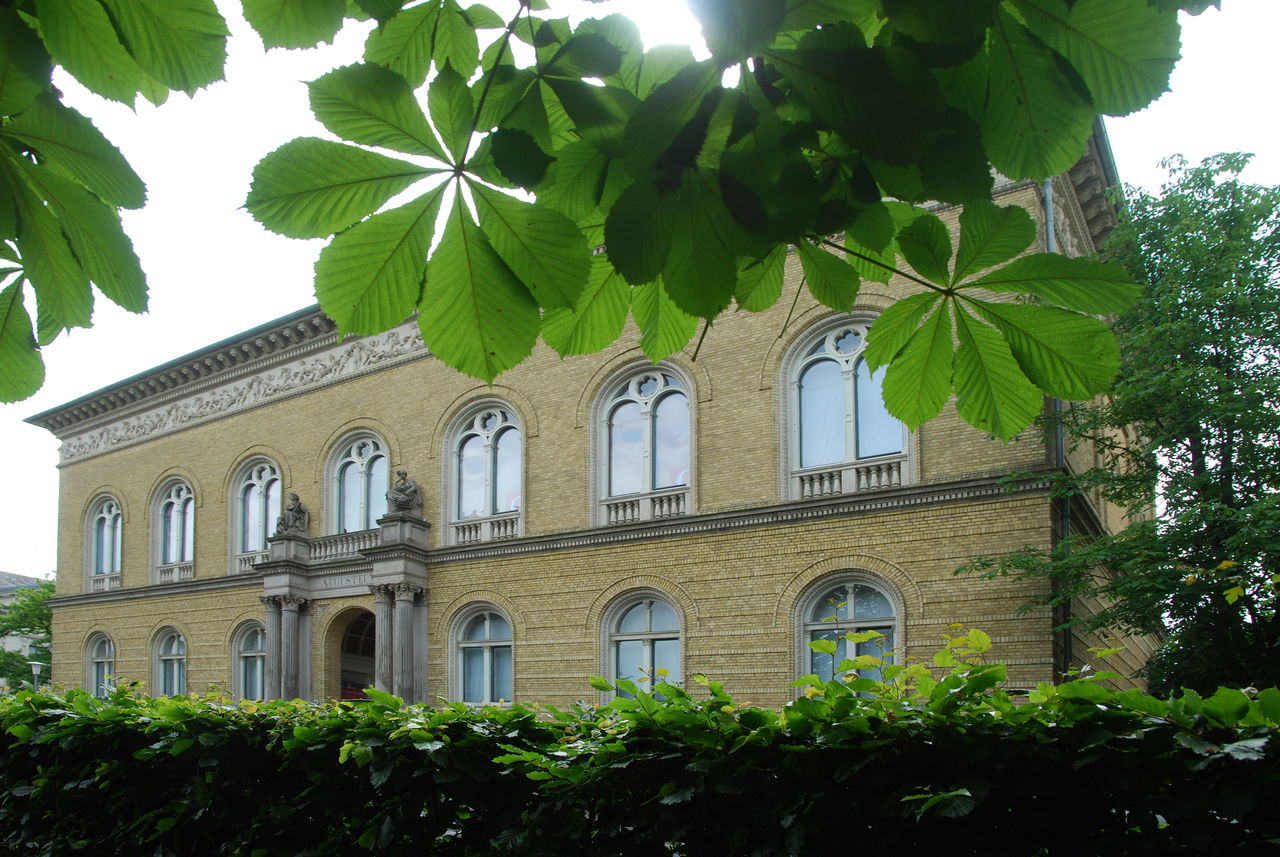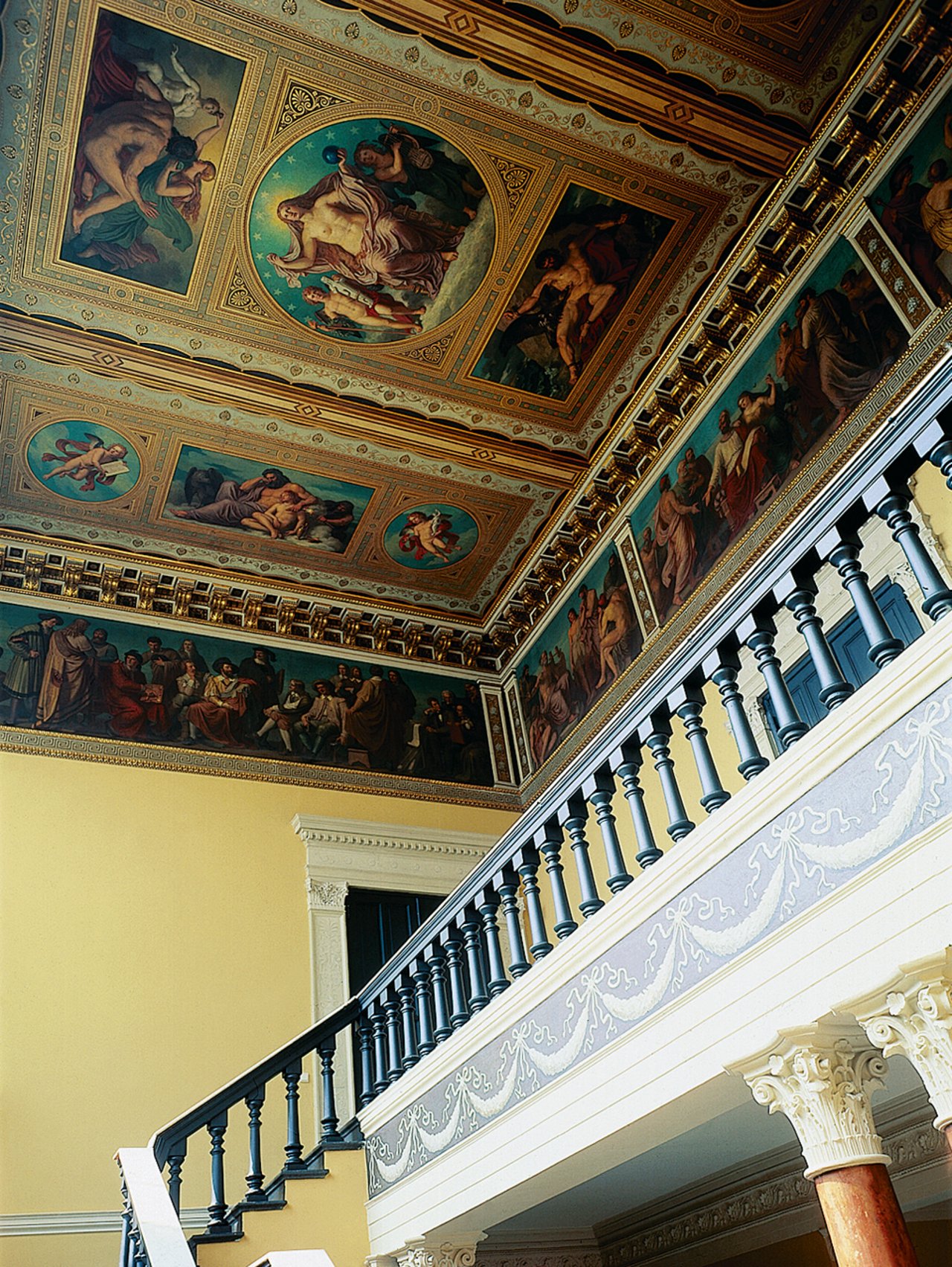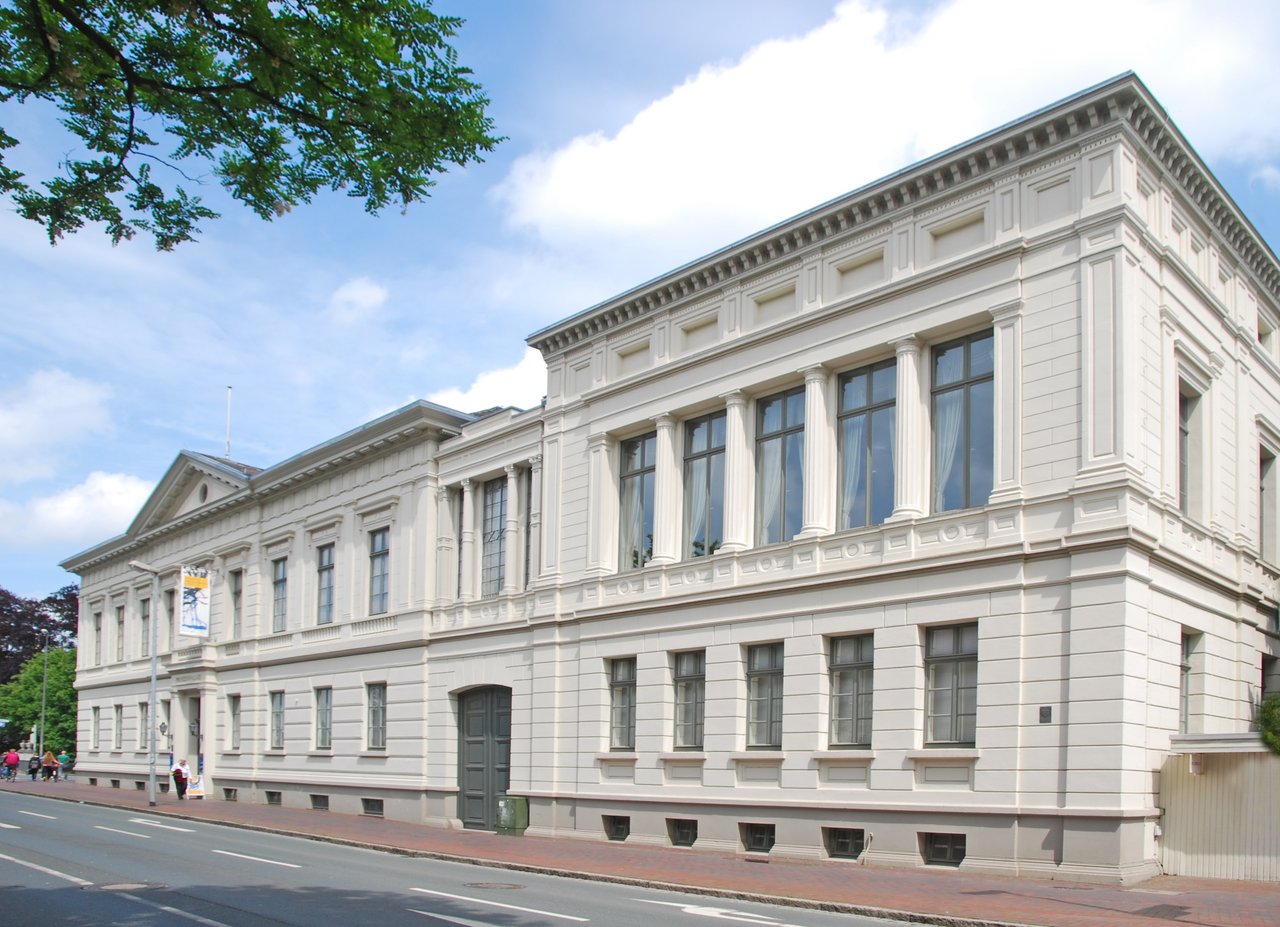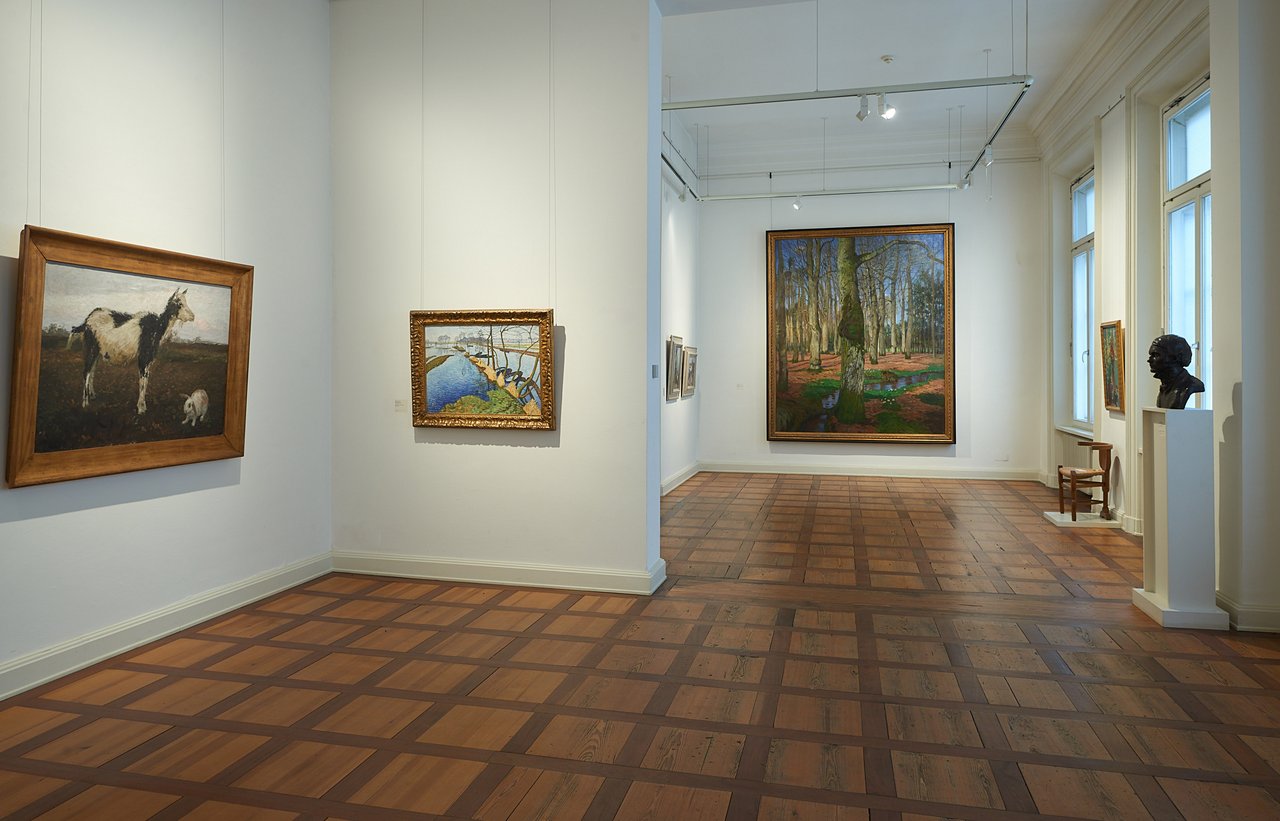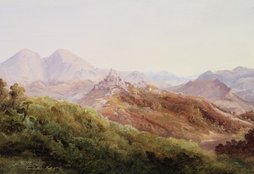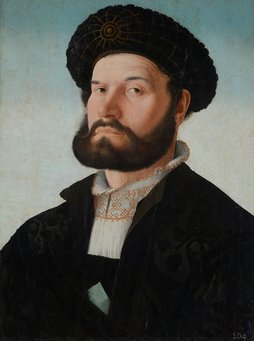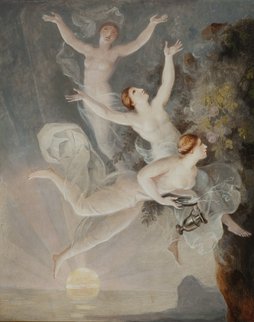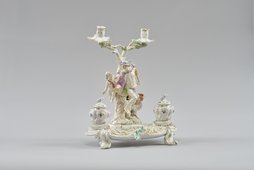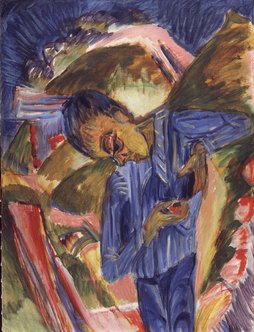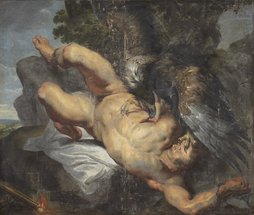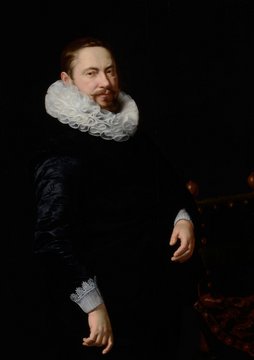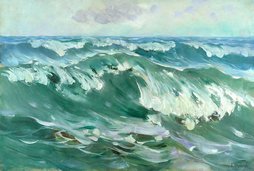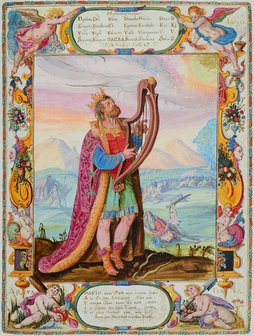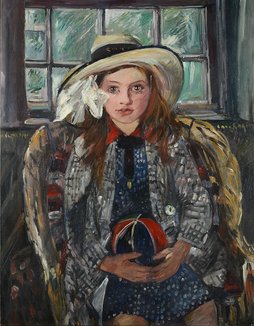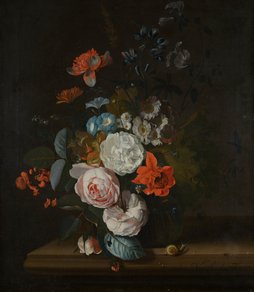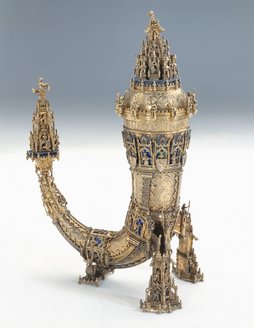The Oldenburg State Museum is located in the heart of the city. The historic ensemble consisting of the Castle, Augusteum and Prinzenpalais harbours a veritable treasure trove: encompassing the fine arts, applied arts as well as cultural history, the museum collection ranges from antiquity to the present, from Baroque painting to Pop Art and from medieval everyday objects to contemporary design.
CASTLE
Oldenburg Castle has been the home of the State Museum since 1923. The former residence of the Earls, Dukes and Grand Dukes of Oldenburg traces its history back to a Mediaeval fortress which was expanded to create an imposing residence in the 17th century. Later, the facade was decorated with Rococo elements, and Classicist extensions were added to the ensemble. The ornate stateroom in Historicist style was installed in the 19th century. Some 800 cultural-history exhibits display the variety of Oldenburg State over the centuries. Mediaeval handwritten documents, carved ivory, Art Nouveau ensembles and Bauhaus design are just some of the gems in the applied art collection. Further highlights are the richly decorated historical staterooms from the time of the Oldenburg Grand Dukes, a collection of Old Masters and works of court painter Johann Heinrich Wilhelm Tischbein, who painted his Idyll Cycle for Oldenburg.
AUGUSTUEM
The Augusteum was built in 1865/67 by the Oldenburg Grand Duke Nikolaus Friedrich Peter in the style of the Italian Renaissance. The first art gallery in Oldenburg was intended as a richly appointed presentation setting for the Grand Ducal paintings. After the abdication of the Grand Dukes, their collections moved to the newly founded State Museum in the Castle, and the Oldenburg Art Association took over the rooms. In 1981, the historical exhibition building was re-opened as part of the State Museum. Today, after extensive refurbishment, the Augusteum once again houses the collection of Old Masters featuring outstanding Italian, Dutch and French paintings from the 15th to the 18th centuries.
PRINZENPALAIS
The Prinzenpalais on the street 'Damm' houses the New Masters gallery. The Classicist building was erected between 1821 and 1826 by Carl Slevogt as an imposing residence for the grandsons of the Duke of Oldenburg, Peter Friedrich Ludwig. However, the orphaned Russian princes Alexander and Peter only lived in the palace for three years. Since 2003, the Prinzenpalais has served as a gallery for art of the 19th and 20th centuries, beginning with the Romantic and Classicist periods. Particular focuses of the collection are works by German Impressionists such as Lovis Corinth, Max Liebermann and Max Slevogt as well as the Expressionists of the Brücke movement Erich Heckel, Karl Schmidt-Rottluff, Ernst Ludwig Kircher and Emil Nolde. Another major feature is a large collection of the works of the painter Franz Radziwill, who lived and worked in nearby Dangast. Post-war German art is represented for instance by Art Informel works as well as works by the artists of the Leipziger Schule.
Plan your visit
Tuesday to Sunday 10 am to 6 pm
Closed on Mondays
Day tickets for Castle, Augusteum & Prinzenpalais:
€ 6 standard, € 4 reduced
Children (0–6 years old): free
Children and young adults (7–17 years old): € 1.50
Family tickets (2 adults + max. 3 children under 18): € 10
Annual ticket: € 30
School classes: free
Enquire at the Museum desk about further reductions.
Booked guided tours
Tuesday to Friday (1 hour):
€ 50 plus one ticket per person
Booked guided tours on weekends and public holidays (1 hour):
€ 55 plus one ticket per person
Booking:
+49 (0)441 40570-400 or info@landesmuseum-ol.de
Landesmuseum Kunst & Kultur Oldenburg
Schloss, Schlossplatz 1, 26122 Oldenburg, Germany
Augusteum, Elisabethstraße 1, 26135 Oldenburg, Germany
Prinzenpalais, Damm 1, 26135 Oldenburg, Germany
Phone +49 (0)441 40570-400
Fax +49 (0)441 40570-409
info@landesmuseum-ol.de
